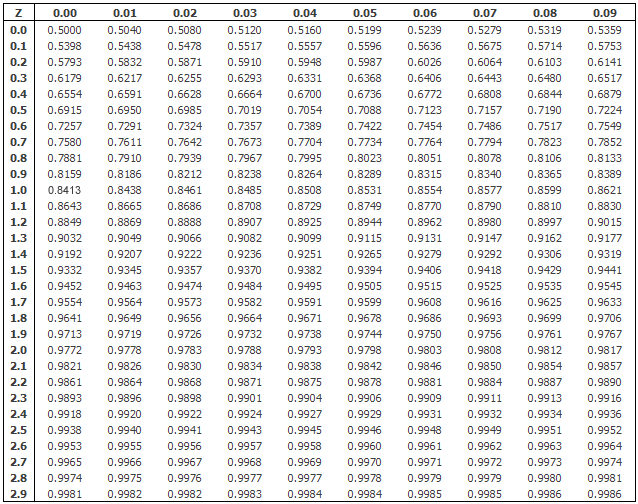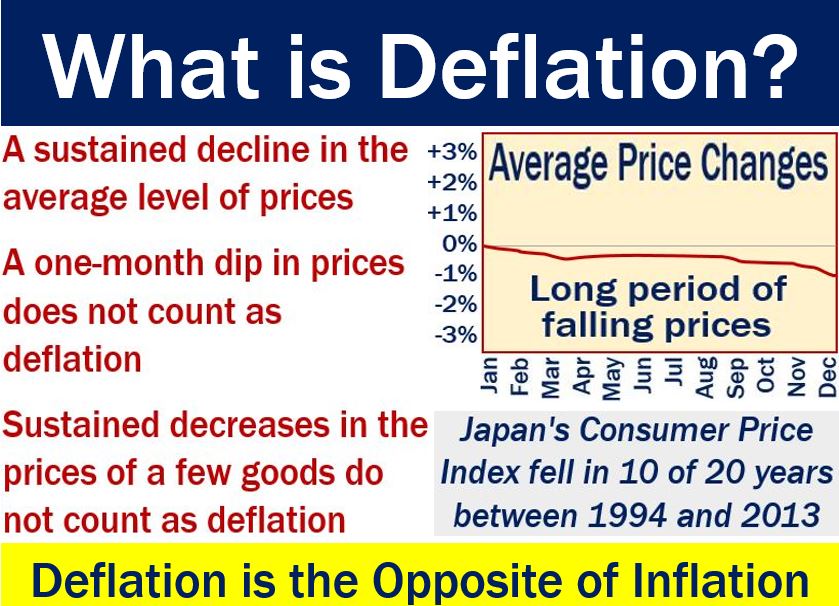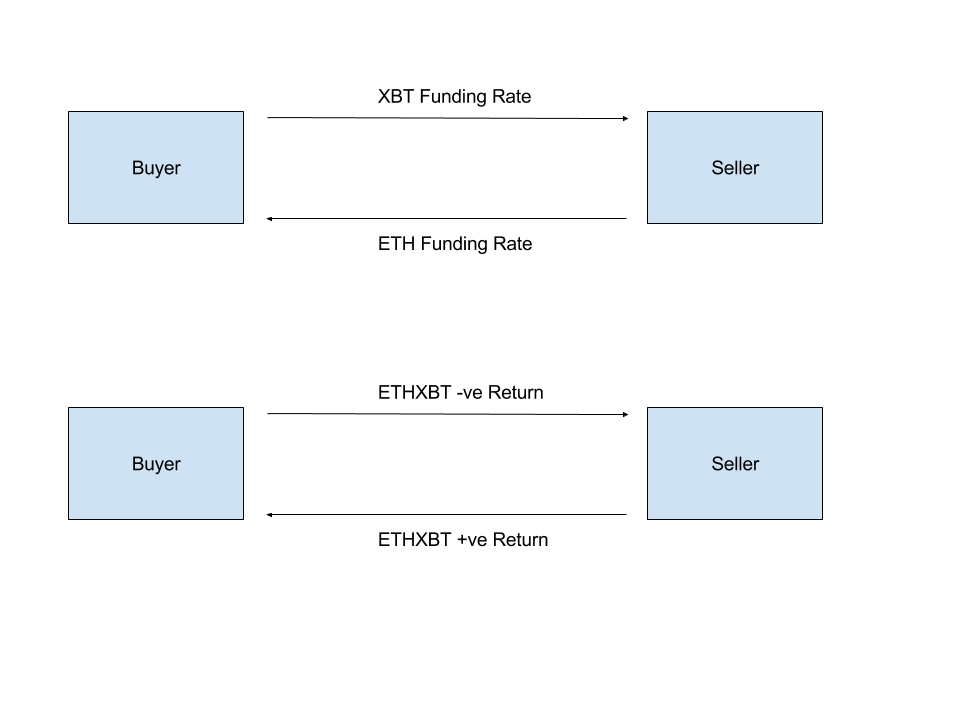Currently Empty: ₹0.00
Contents:

As the stock price rises, the stop moves higher too, locking in profit and reducing the risk of a loss. Choosing which kind of order to make use of primarily boils right down to deciding which sort of danger is best to take. The first step to using either type of order correctly is to rigorously assess how the stock is trading. If the stock is volatile with substantial price movement, then a stop-restrict order could also be more effective because of its price guarantee. If the commerce does not execute, then the investor could solely have to wait a short time for the price to rise once more. A stop-loss order can be appropriate if, for instance, bad information comes out about an organization that casts doubt upon its long-term future.

If the price were to rise to $19.80 or higher, your order will be converted to a market order, and you would exit the trade with a gain of about 20 cents per share. Trailing stops can be set up to work automatically with most brokers and trading systems or can be manually monitored and changed by the trader. A trailing stop loss is a type of trading order that lets you set a maximum value or percentage of loss you could incur. By automatically moving stop-loss orders into the profit zone, traders can minimize losses and increase potential profits. Trailing stops can only be triggered during a regular market session. If the market is closed for any reason, trailing stops will not be executed until the market reopens.
Bollinger Bands – Volatility + Moving Average
I have no business relationship with any company whose stock is mentioned in this article. Michelle Jones is editor-in-chief for ValueWalk.com and a daily contributor for ValueWalkPremium.com and has been with the sites since 2012. Previously, she was a television news producer for eight years.
- The trailing stop loss enables them to lock-in profits as the security price moves in their favor, and prevents them from large losses if prices move against them.
- It is often felt that the Market Makers manipulate the prices.
- I have often used the 20% trailing stop in my trading and used it in many trading strategies.
- The trailing stop has protection against very fast fluctuations.
- So market makers move the stock to the stop-loss levels and take them out.
Then the stock move bullishly in your favor to 110. At the end, the trader suggested that I make a video on this topic because there were not that many good ones. If you are a beginner trader, this concept of Trailing stop may be tricky at first, but it is not. A trailing Stop or more precisely a Trailing stop order is an order that will execute only when your predefined condition is met. Montgomery Ward was profitable for 100 years before declaring bankruptcy.
Explaining the Trailing Stop Limit and a Better Alternative
Because you know that winter will bring spring, which will bring summer, until it’s winter again. Not only is the investor missing out on all the gains, but he could’ve participated just by doing nothing. Even investing legends like Warren Buffett aren’t right all of the time. No one can predict the future, and so nobody is right all of the time.

You simply give your broker a stop loss order called a trailing stop, which is a percentage below the market price. For example, you might tell your broker you want a trailing stop 10% below the market price. A trailing stop is when you give your broker a stop-loss order which is a percentage below the market price. A stop-loss order placed with your broker is a way to protect yourself from a loss, should the stock fall. The stop-loss order tells your broker to sell the stock when, and if, the stock falls to a certain price. A trailing stop is often used by traders who want to either lock their profits to the upside or to prevent extending losses to the downside.
How To Use ETRADE Trailing Stop on Options
Great article about the single most effective tool investors can employ to ‘… mitigate risk and boost gains’. Minervini’s record is based on a five and a half year trading period after he had consolidated his various accounts into one account. His ‘average annual compounded return during the period has been a towering 220 per cent’ . I know too many who haven’t a clue about stop-loss technique or, if they do know, are short on the discipline to employ it. Perhaps they think using stops is too complicated (it’s not). Or maybe putting trailing stops in place is on some nebulous “to-do” list, and it’s a task that never gets done.
This was followed by the 25% stop (0.51) and the 15% stop (0.50). Essentially, the stock is penalized for not continuing the trend upwards. If the stock does not keep trending higher, the parabolic SAR will exit the trade. However, the highest return-to-risk score of 0.29 is roughly half the highest score that we got in the percent test. In other words, the percentage trailing stop outperforms the Chandelier exit in almost every case. The key to a good trailing stop is that it needs to be loose enough so that the stock has room to trend upwards.
It’s rare but occassionaly I’ve had my stop orders cancelled for no apparent reason. When you use any type of stop with a broker keep an eye on it to make sure it is doing as you expect. The moving average stop was not particularly effective either and clearly needs some improvement. You can see from the table that the Parabolic SAR indicator produced some pretty good return-to-risk scores. This is particularly true for the very small parameters such as 0.002, 0.05. This is interesting because the parameters are much smaller than most guidebooks recommend.
Bucks reportedly emerge as frontrunners to sign Goran Dragic – Yahoo Sports
Bucks reportedly emerge as frontrunners to sign Goran Dragic.
Posted: Fri, 03 Mar 2023 17:37:05 GMT [source]
What this does is significantly reduce your downside risk. With any investment, you will lose at most, the trailing stop amount. The investors who succeed over time are the ones who minimize the losers and maximize the winners.
The what is a 25% trailing stop stop has protection against very fast fluctuations. The table above shows that a simple ATR trailing stop is too tight and leads to significant losses. A stop placed at ATR points away shows a negative return-to-risk and an average profit per trade of -0.56%. A cease loss that is too tight will normally lead to a shedding commerce, albeit a small one. If a ten% trailing stop loss is added to an extended position, a sell trade might be issued if the price drops 10% from its peak price after purchase.

To create the trailing amount, place a sell order and then choose “trail” under order type. As long as the stock keeps rising or holds relatively steady, nothing happens. However, if it turns south and hits your trailing stop, your broker sells, and you pocket your profit. It is important to note; the trailing stop only goes up; it never goes down with a market price.
How the Trailing Stop/Stop-Loss Combo Can Lead to Winning Trades
This type of order converts into a market order when the security price reaches the stop price. Deciding how to determine the exit points of your positions depends on how conservative you are as a trader. Shrewd traders always maintain the option of closing out a position at any time by submitting a sell order at the market. Trailing stops may be used with stock, options, and futures exchanges that support traditional stop-loss orders. Quoting Nancy when she mentions the investment portfolio; a stop-loss ‘can protect it from devastating loss’.
Once it moves to lock in a profit or reduce a loss, it does not move back in the other direction. Market makers can see what our stops are and can short the stock so that we hit our stops. Then they can swoop in and buy the shares more cheaply, grabbing a quick profit.
You can see from this table that the 10-day moving average does not provide a very good result. The average profit per trade of 0.13% would likely not be worthwhile for most traders. As you can see from the table, the 5% trailing stop produced a huge number of trades and an average profit per trade of 0.26%. The 5% stop results in too many trades and not enough profit potential.
There is no ideal distance because markets and the way that stocks move are always changing. The key to using a trailing stop successfully is to set it at a level that is neither too tight nor too wide. A stop loss that is too tight will usually result in a losing trade, albeit a small one. Also, it’s common to watch your winners turn into losers — as the price moves in your favor and then hit your trailing stop loss. This causes many traders to give up and they’ll claim “it doesn’t work”. The goal of a trailing stop limit order, and stop limit orders in general, is to ensure traders don’t sell below a price they are comfortable with if the stock price falls suddenly.
- Using any of that nonsense will cost you money in stocks.
- You can decide how long your trailing stop will be effective—for the current market session only or for future market sessions as well.
- You could receive different prices for parts of your order, especially for orders that involve large numbers of shares.
- The trailing stop order sits in the market as a limit order waiting to be hit when price reaches it.
- Once the security price does fall by the maximum $ or % specified, the position gets stopped-out.
A https://1investing.in/-limit order might yield a considerably larger loss if it doesn’t execute. The trailing stop-loss order is an effective software, when used correctly, and it can help you gracefully liquidate a place with both a profit or a limited loss. This saves the choices dealer from having to watch the costs complete day long so as to achieve the identical consequence. Even although it is called a “Trailing Stop Loss”, it’s used not solely as a cease loss methodology but also a profit taking technique by most choices trading professionals.
The initial “high” is the inside rate when the trailing stop is first activated, so the “new” high will be the highest price the stock reaches above that initial value. As the price exceeds the initial bet, the trigger price resets to a new high. If the price stays the same, or falls from the original bid, or the highest subsequent high, the trailing stop maintains its current trigger price. If the cut price of the bet reaches or crosses the trigger price, the trailing stop triggers a market order to sell.

